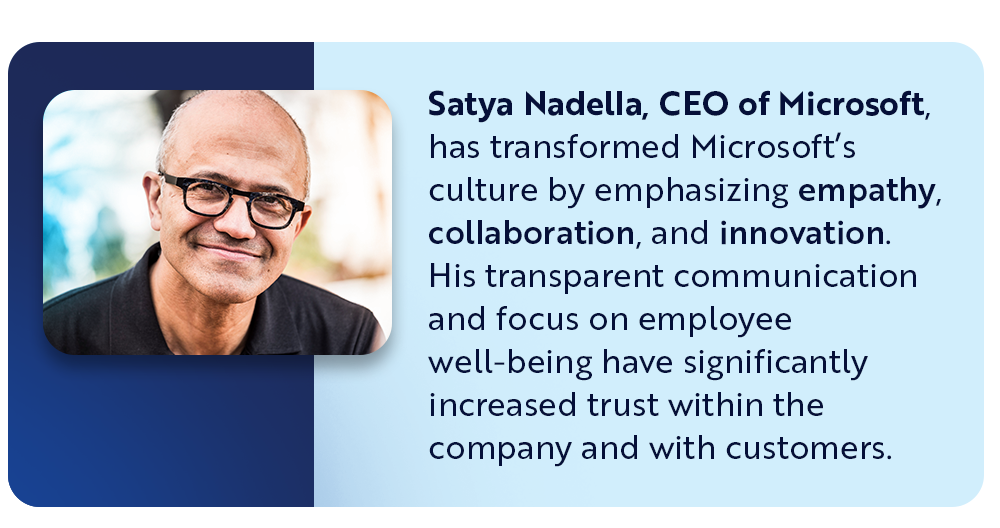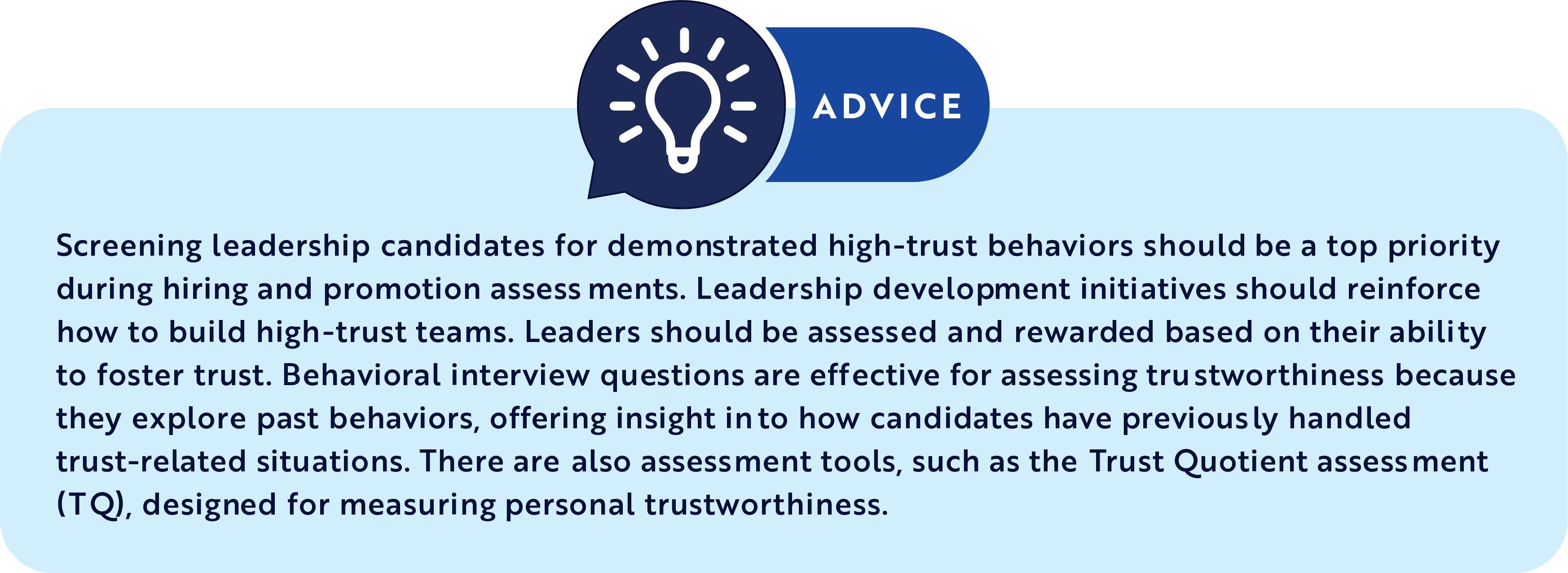Over the past five years, the relationship between employers and employees has changed significantly. Employees now seek trust, purpose, and meaningful work, with more choices than ever in where and how they work. High-trust environments are crucial, as mistrust can damage an organization’s culture and hinder employee engagement. Trust is the foundation for teamwork, innovation, and loyalty. Building a high-trust culture requires effort but is vital for a thriving organization and a strong brand.
This blog explores key strategies for building trust, focusing on safety, open communication, authenticity, and consistency. By prioritizing trust, leaders can create a supportive environment that boosts productivity and business success.
Building Trust is a Crucial Leadership Competency
There are many models for building organizational trust, and the common denominator is clear: building trust is the work of leaders. Leaders are responsible for personally demonstrating high-trust behaviors and creating the right environment for trust to thrive among their teams and customers. Simply stated, trustworthy leaders create high-trust organizations. Building trust is a skill that can be learned and developed in leaders.
Trust Grows When People Feel Safe and Valued

In his book Leaders Eat Last, Simon Sinek discusses the concept of the “Circle of Safety.” This metaphor describes creating a safe environment where team members feel protected from external threats and internal politics. Leaders who foster this environment build trust because employees know their leaders care about their well-being. When trust is present, people focus on their work rather than on self-protection. Our recent study indicates that “safety” is one of the five key pillars of trust. When workers feel supported, safe, and included, they can contribute fully and do their best work. Psychological safety is a basic human need, and when employees feel they can speak up without fear of retribution, it creates an environment for trust to flourish.
Open Communication is Non-Negotiable
Open and transparent communication is essential for building trust within any team. When communication is honest, clear, and open, team members feel more connected and are more likely to trust one another. Sharing both positive news and challenges builds credibility, while regular check-ins and prompt updates encourage transparency. People are more likely to trust those who genuinely listen and try to understand their perspectives. Creating mechanisms for constant two-way dialogue with team members is imperative in building a high-trust work environment.

The Cornerstone of Authenticity
Our study shows that authenticity is not just a key pillar of trust but the very foundation of organizational trust. Authenticity reflects a brand’s or organization’s ability to be genuine, transparent, and true to its core values. It fosters deeper connections both internally with employees and externally with customers. For a leader to build trust, they must bring their authentic self to all interactions with employees, demonstrating truthfulness, transparency, and vulnerability. This requires self-awareness and behavior that consistently aligns with core values.
Trust Through Consistency
Trust relies on the ability to count on someone or something to be consistent and dependable. Consistency means that a person’s words align with their actions over time, creating a foundation for trust. Employees are more inclined to trust leaders and organizations that demonstrate this consistency. This theme emerged strongly in our study, with many participants emphasizing the importance of reliability and dependability from their employers, particularly in keeping promises related to pay, benefits, and growth opportunities. When leaders and organizations are consistent, they become predictable, allowing others to rely on them. As team members witness this reliability, trust deepens, making it easier to invest confidence in that leader or organization.
Building trust is an ongoing process, and these strategies can help create a high-trust culture where people feel safe, respected, and valued. By making trust-building a top priority, leadership teams can accelerate productivity, employee engagement, collaboration, and business results.
Contact Blupact Strategy Group to learn more about how to enhance your unique high-trust culture.



